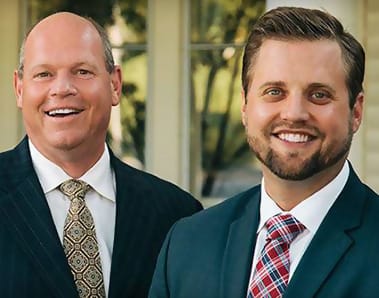In the United States, the intricate dance of surgery and anesthesia is a routine yet remarkable feat performed millions of times each year.
Anesthesia, the medical marvel that allows patients to undergo surgery, is a cornerstone of modern medicine. However, it carries with it the weight of potential complications that can lead to severe injury or even death.
Like other mistakes in the health care arena, an anesthesia error can be a form of medical malpractice. Those harmed by them may be able to seek financial compensation.
Understanding common anesthesia mistakes
Anesthesia is a medically induced, temporary state that renders a patient unable to feel pain or respond consciously. The medical team, including anesthesiologists, must ensure that patients remain unharmed while in this vulnerable state.
Despite advancements in medical science, medical errors involving anesthesia persist — sometimes stemming from negligence. Examples include:
- Overdosing or underdosing with anesthetic compounds
- Administering an incorrect or inappropriate medication
- Delay in delivering anesthesia to patients
- Inadequate patient instructions prior to administration
- Insufficient monitoring of patients under anesthesia
Failure on the part of the medical team to carefully review patient history for possible anesthesia contraindications can also be malpractice.
Understanding anesthesia awareness
Regaining consciousness during surgery is a nightmare scenario. Fortunately, it is rare, but it does happen. It often results in profound, long-term psychological distress. Proving an anesthesia awareness malpractice claim can be challenging but is worth exploring if it caused you physical injury or emotional harm.
If you leave a medical facility in worse condition than when you entered, the incident deserves a thorough investigation. With experienced legal guidance, you can determine if you have grounds for a medical malpractice claim.



